|
The pandemic has made it hard for many businesses, and sashiko is no exception. When I went to see the travelling Hida Sashiko exhibition recently, I heard that the Takayama-based Hida Sashiko company, too, was struggling. With domestic travel limited, not to mention the states of emergency, business hours are shortened and there is not enough work for staff. Travelling exhibitions like this are an important method of selling their range of sashiko clothing, hangings and bags etc., but the cancellation of many regular dates, such as at department stores, have also hit hard. I’m glad the Yokose Gallery, where I saw the exhibition, was open for business as usual. I have written about my visits to this exhibition before. This is where I discovered the Hida Sashiko Notebook, which continues to be a valuable reference source for me. This year, Notebook in hand, I went looking for examples of patterns from it in the exhibition. This wall hanging yielded several to check off the list straight away. Below are close ups of six patterns from the Notebook This hanging made from old fabric is stitched with diamond blue wave (hishi seigaiha), which creates the impression of waters more turbulent than the round blue wave pattern. On another wall hanging I found circular seven treasures (maru shippo). The overlapping point of four circles creates another small circle. Circles represent harmony and this pattern has come to be associated with good fortune. The seven treasures--gold, silver, lapis lazuli, crystal, agate, coral and clams--comes from Buddhism. This entrance curtain is worked with Japanese cypress (higaki) pattern, a geometric stylization of the interleaved cypress panels used on ceilings, fencing and wainscotting. This bag incorporates a pattern based on the wooden counting rods (sankuzushi) of a tool once used for Japanese-style calculations and divinations. Another paneled wall hanging netted a few more patterns. Sayagata, which I have seen variously translated as key fret, saya pattern, saya brocade, is based on the a diagonal version of the swastika pattern, and which was often seen on Chinese brocade. Rising steam (tatewaku) is self explanatory I think. Of the 29 patterns in the Hida Notebook, I managed to find twelve, but there were probably more tucked away amongst the many hangings, bags, coats and other items on display. To finish, here are a couple of my favourite pieces. The first is a hanten, a traditional warm jacket with a glorious selection of patterns, and the other is an example of long jacket with a pattern called donza which is based on seaweed and originated on the small fishing island of Tobishima in the Japan Sea. The items in the exhibition are not for sale online, but sashiko kits and supplies are available at the online shop.
4 Comments
Last week my sashiko group participated in an annual exhibition held in the local Station Gallery. A train station might seem an unlikely location for a gallery, but actually it makes sense, as it’s the most central place in town and gets a lot of potential viewers passing by. Which happily was the case this time. 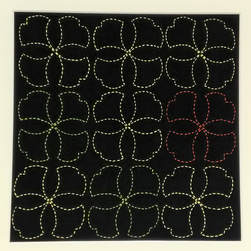 Icho tsunagi pattern (linked ginko leaves) Icho tsunagi pattern (linked ginko leaves) For the exhibition I decided to make another framed piece of sashiko to add to a series I started last year. This year I chose to stitch the pattern icho tsunagi, which means linked ginko leaves. As time was running short, I cheated by blowing up the pattern on a photocopier instead of enlarging the proportions on graph paper (shhh…don’t tell Sensei!). Then I cut and taped the paper pieces together to fit the cloth dimensions, taped chaco paper (transfer paper for tracing designs onto fabric) to the back of this pattern and traced over the design with a ballpoint pen to imprint it on the fabric. The autumn ginko leaves are gorgeous at this time of year and I wanted to reflect that by using thread in autumn colours of green and yellow, but unfortunately the result wasn’t as vivid as I hoped, so I ended up putting in one orange leaf for some contrast variation. Anyway, I was pleased with the result, and best of all Sensei praised my corner stitches. Phew! I didn’t want to let the side down… My fellow sashikoists all contributed their work from the past year and it was so exciting to see the inventive and wonderful pieces they’ve done all gathered in the one place. A real Aladdin”s cave! I had intended to describe these for you here, but realized I couldn’t possibly do them justice, so I’ll keep that for some later posts. The most thrilling exhibits, however, were the two wall hangings that were on display for the first time. Take a look at the amazing work below! These were the result of a joint project we’ve been working on all year, stitching squares fifteen by fifteen centimetres in length with whatever patterns we liked. When the time was up we gathered up all the squares and put them together to see what size hanging was possible. It turned out we had enough for two. Sensei gave no stipulations whatsoever as to what patterns we should stitch, but the overall balance seemed to be just right, and a lovely sampler of all the different styles of stitches; the densely stitched hitomezashi (single stitch), kyokusen moyozashi (curved line patterns), chokusen moyozashi (straight line patterns) and jiyuzashi (free stitching). I could look at these all day in wonder and never tire. What a gorgeous illustration of the beauty of sashiko!
|
Watts SashikoI love sashiko. I love its simplicity and complexity, I love looking at it, doing it, reading about it, and talking about it. Archives
September 2022
Categories
All
Sign up for the newsletter:
|

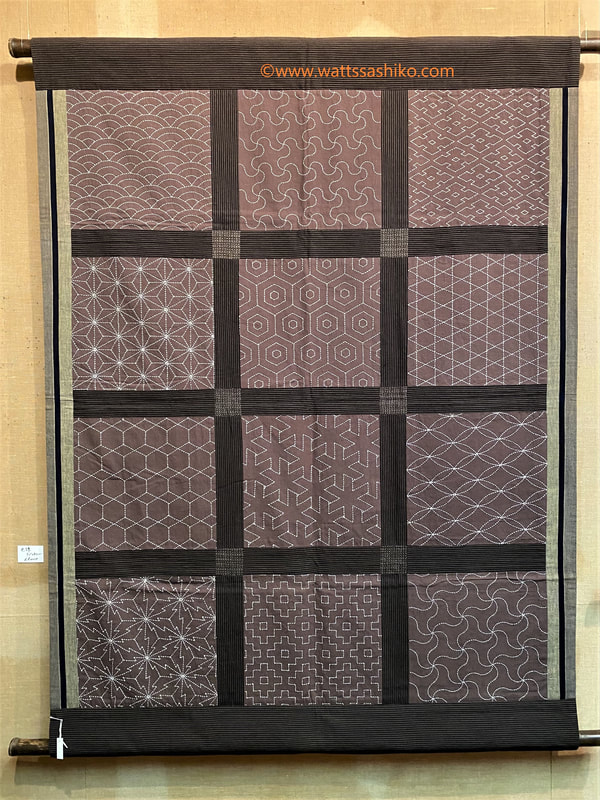
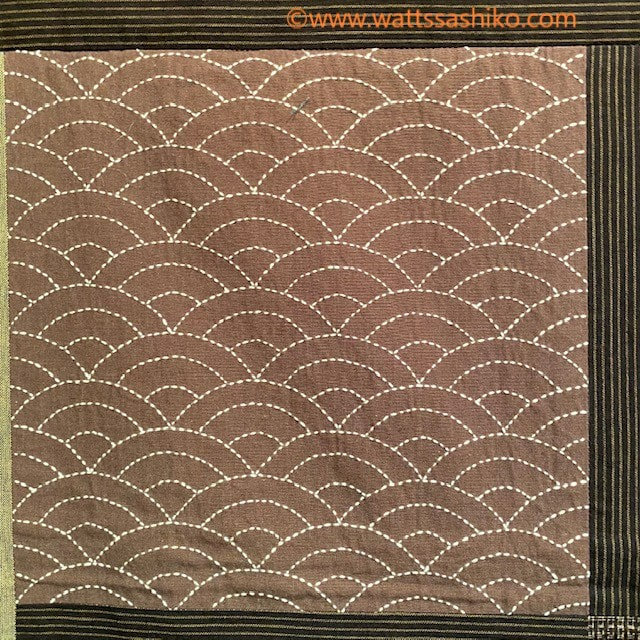
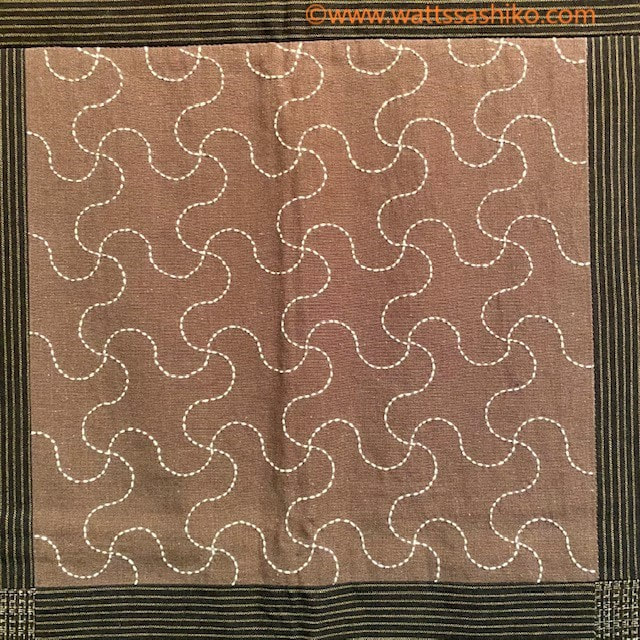
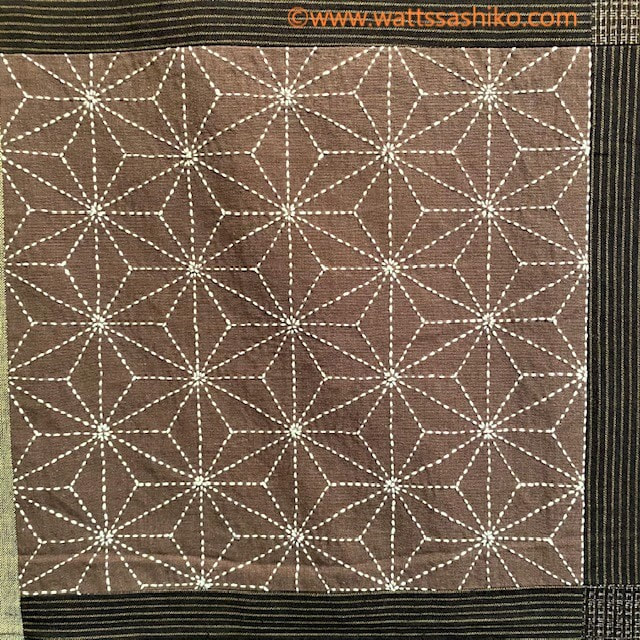
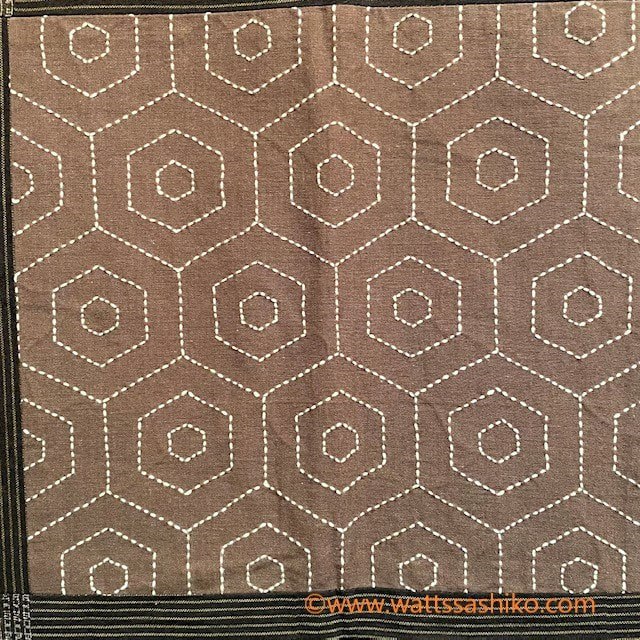
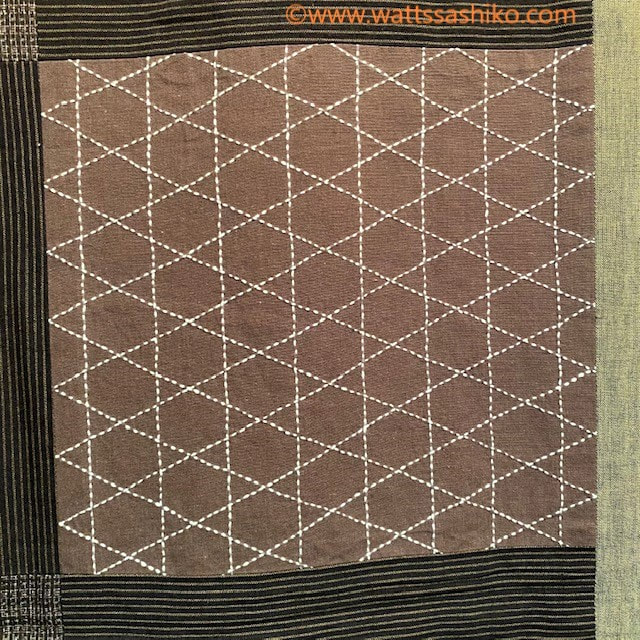
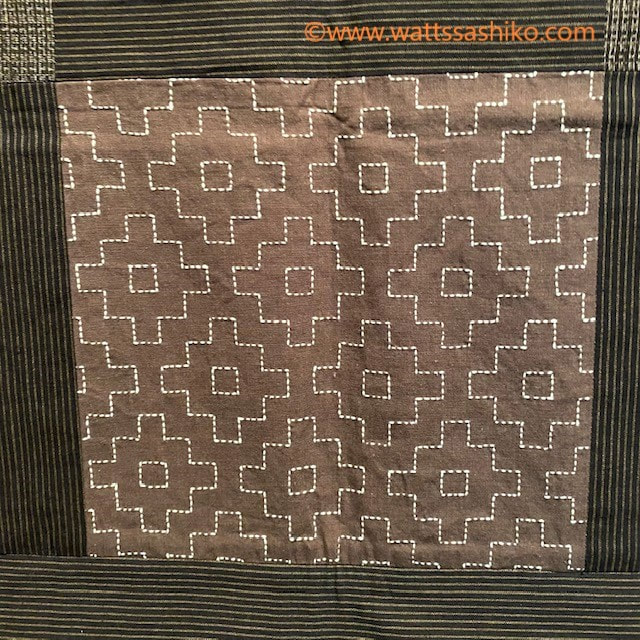
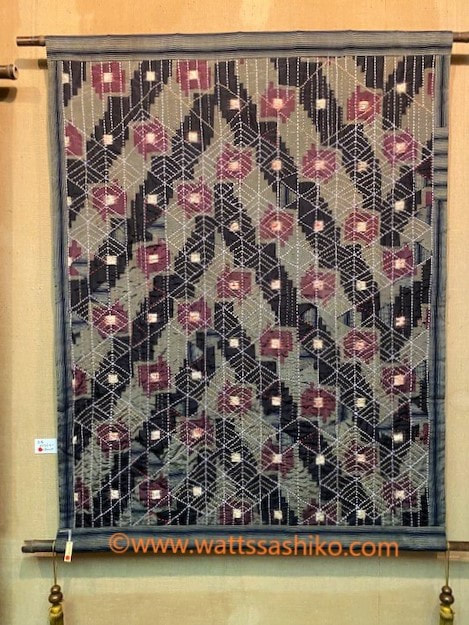
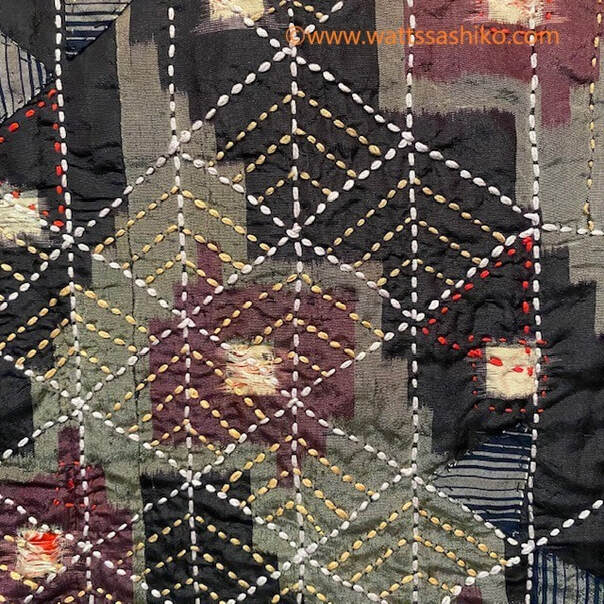
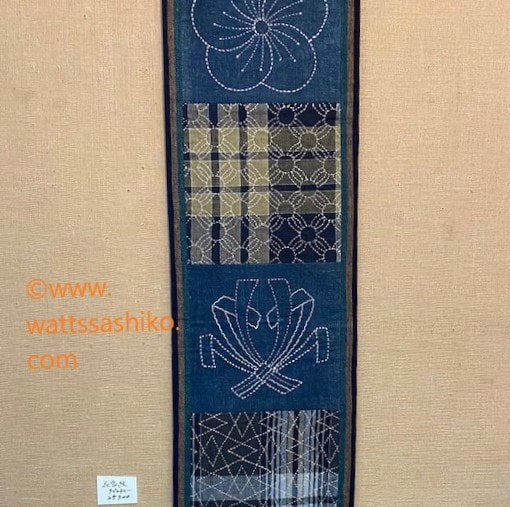
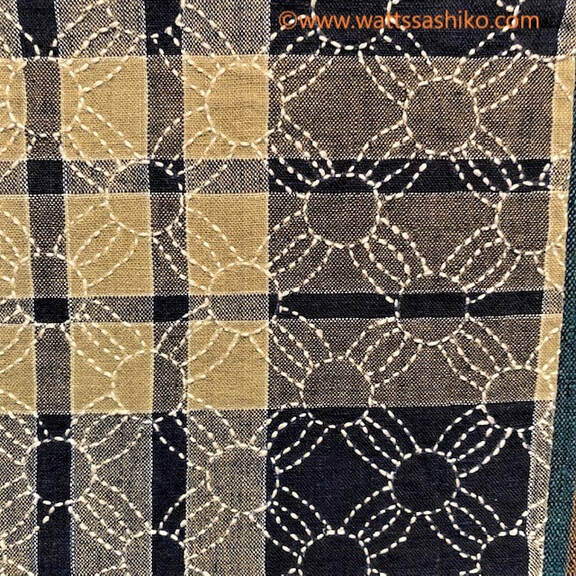
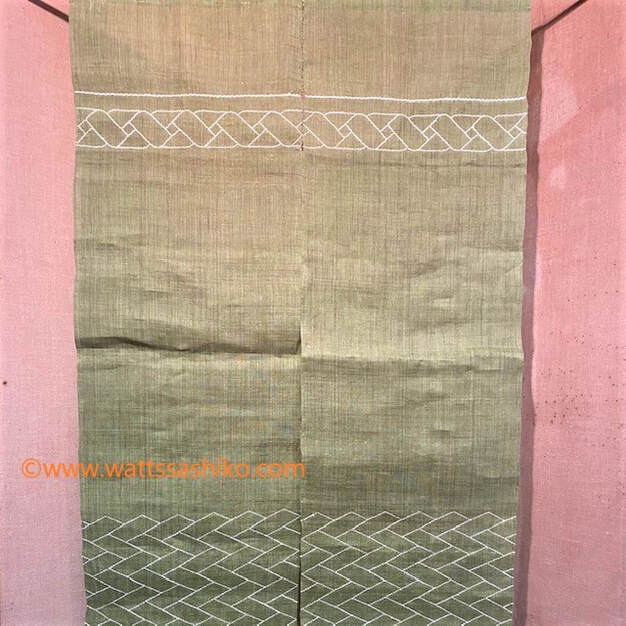
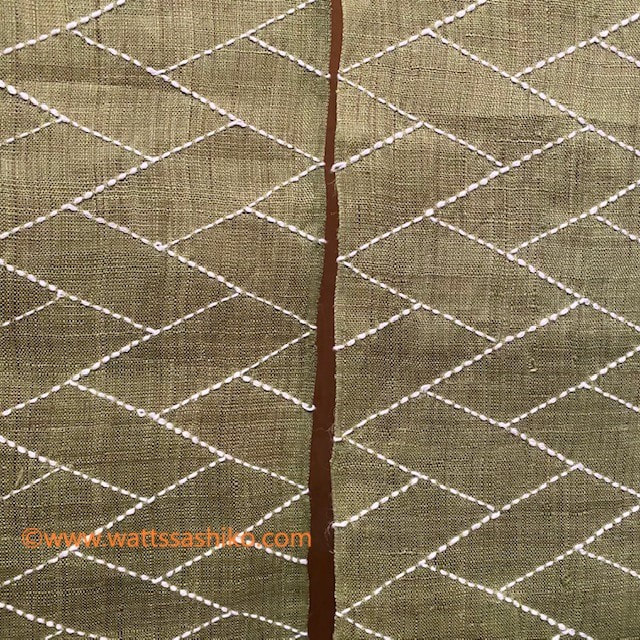
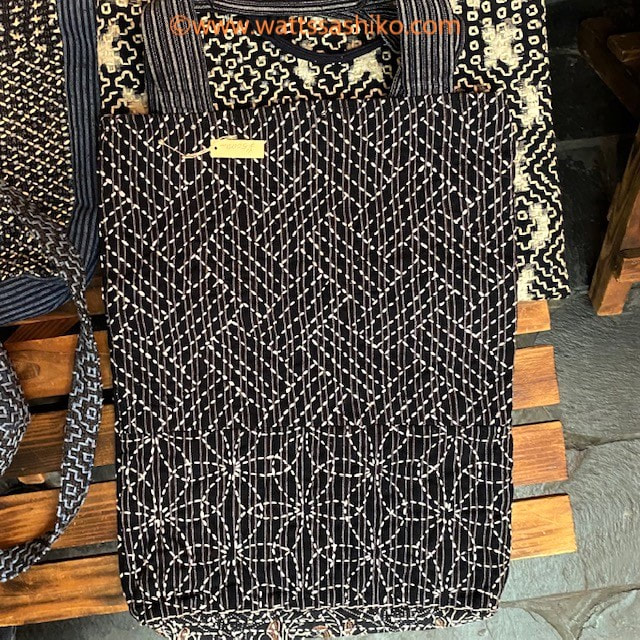
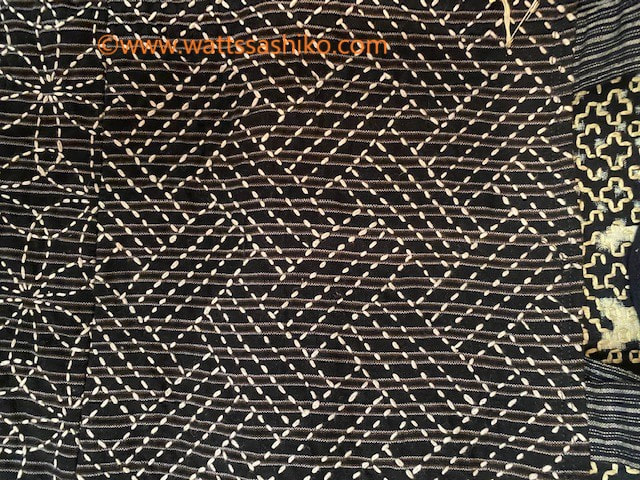
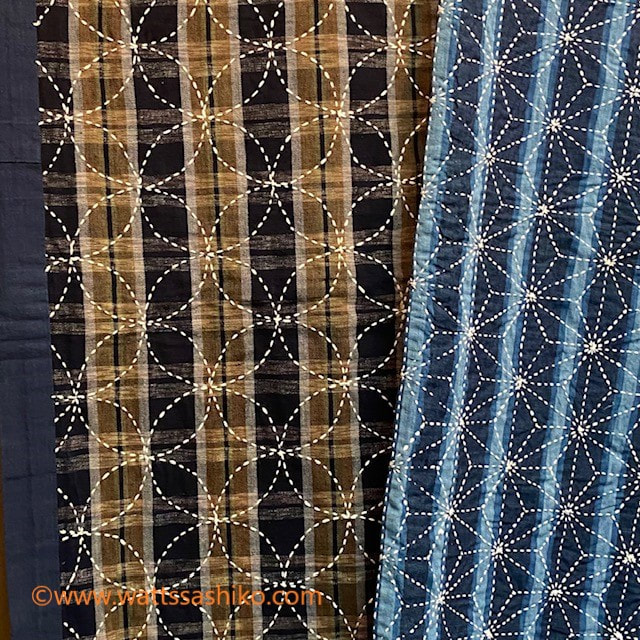
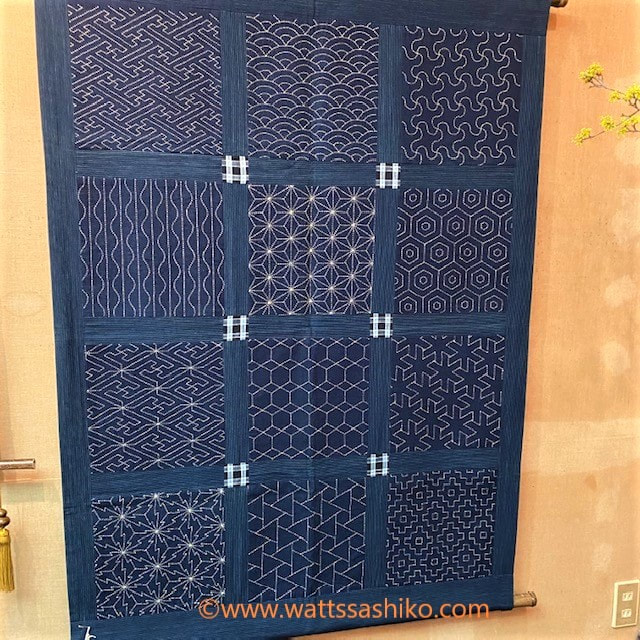
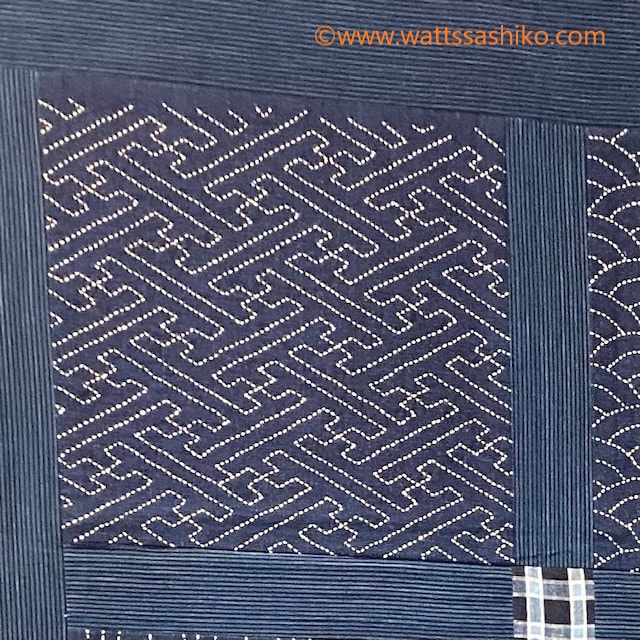
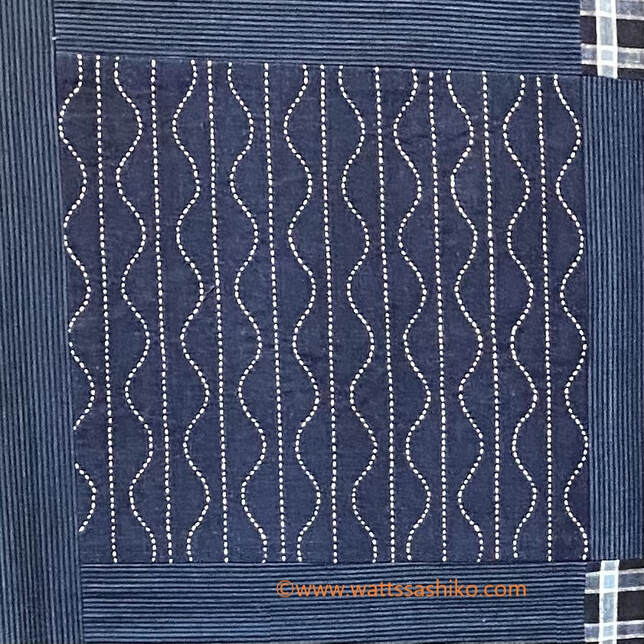
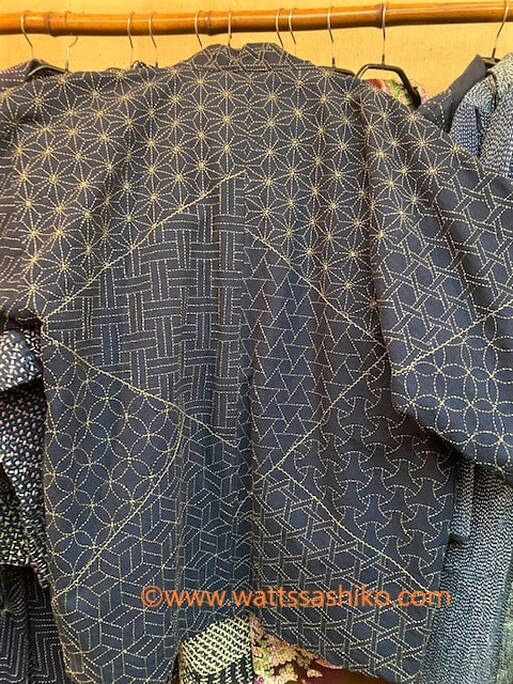
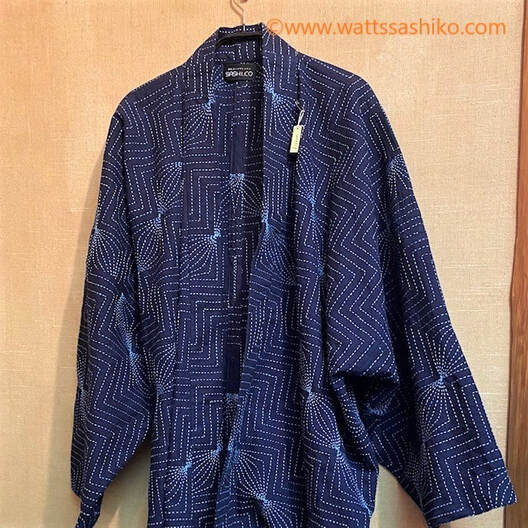
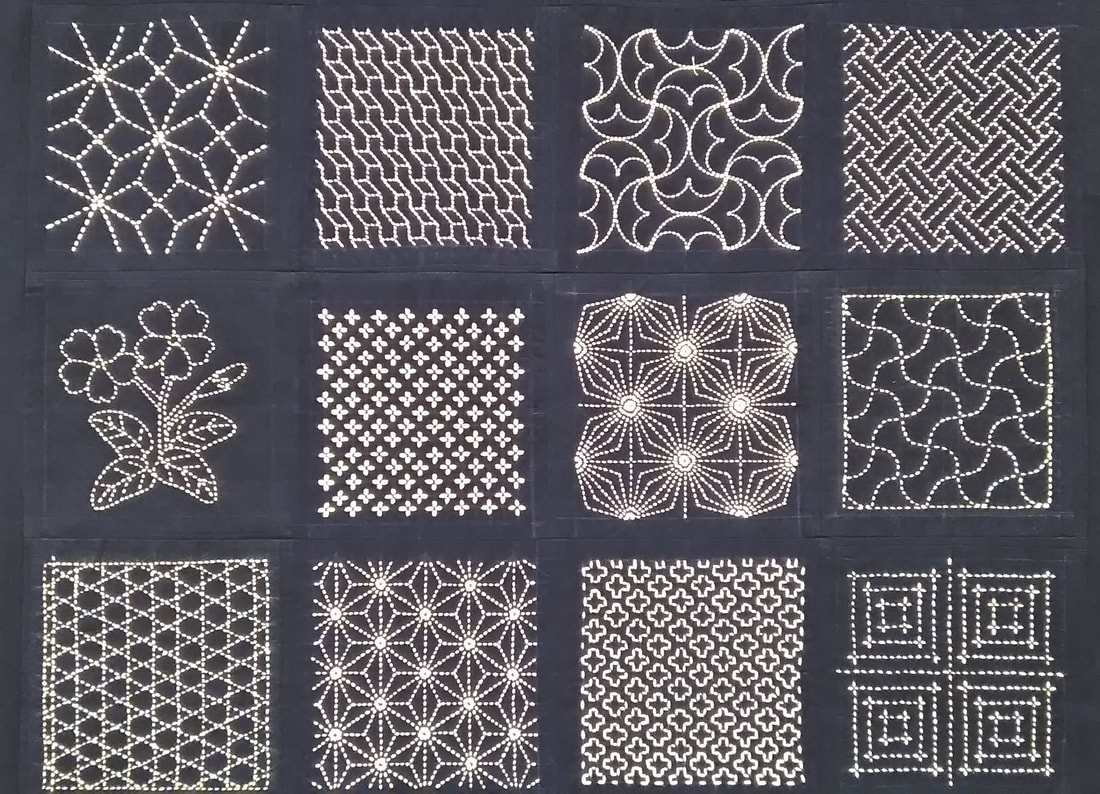
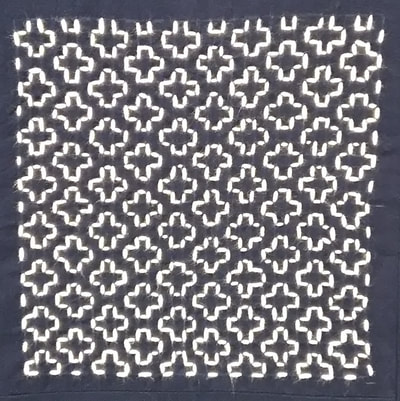

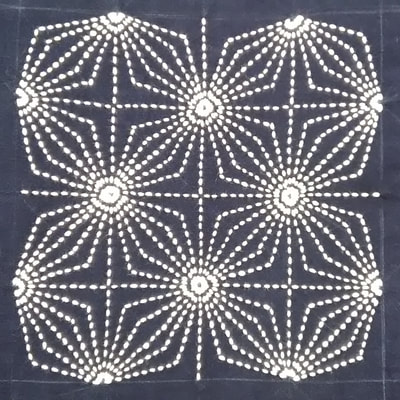
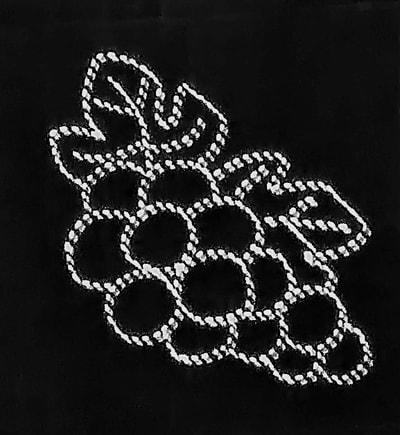
 RSS Feed
RSS Feed



